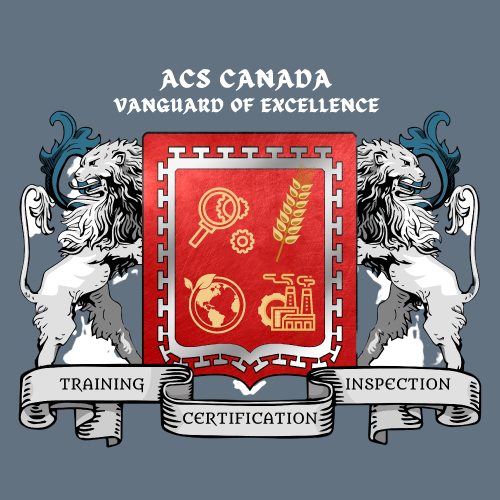GAP-GENERAL
GOOD AGRICULTURAL PRACTICE(GAP) Training Course
Why GAP training?
The application of existing knowledge to the sustainable use of the natural resource base for the production of safe, healthy food and non-food agricultural products in a sustain manner, while maintaining economic viability and social stability, is the concept of Good Agricultural Practices.
The GAP depict the standards of good agriculture within ten areas of resource issues and activities. This structure is intended to serve as a foundation for developing precise management recommendations for particular farming systems as well as integrated production systems within specific Agro-ecosystems.
GAP Course content:
1-SOIL
The physical and chemical structure of the soil, as well as its biological activity, are critical to sustaining agricultural output and, in their complexities, govern soil fertility.
Soil management must preserve and increase soil fertility by limiting soil, nutrient, and agrochemical losses due to erosion, runoff, and leaching into surface or ground water.
2-WATER
Agricultural land use has a significant amount of responsibility for the quantitative and qualitative management of water reserves.
3-CROP AND FODDER PRODUCTION
Individual annual and perennial crops, cultivars, and varieties are chosen for their adaptability to the location as well as their function in crop rotation for soil fertility, pests and diseases, accessible inputs, and local consumer and market demands.
4-CROP PROTECTION
Crop health is critical for successful farming in terms of both production and product quality. This necessitates long-term risk management measures such as the use of disease- and pest-resistant crops, crop and pasture rotations, disease breaks for sensitive crops, and the use of agrochemicals to control weeds, pests, and diseases in accordance with Integrated Pest Management principles.
5-ANIMAL PRODUCTION
To promote animal comfort and production, livestock require appropriate room, feed, and water.
6-ANIMAL HEALTH
Successful animal production requires attention to health. The health of livestock is maintained by proper management and housing, by preventive treatments such as vaccination and by regular inspection, identification, and treatment of ailments, using veterinary advice as required.
7-ANIMAL WELFARE
Farm animals are sentient beings, and as such, their well-being must be taken into account. Good animal wellbeing is defined as freedom from hunger and thirst, discomfort, pain, damage, or sickness, the ability to express natural behavior, and freedom from fear and anxiety.
8-HARVEST AND ON-FARM PROCESSING AND STORAGE
Product quality is determined through the use of recognized practices for collecting, storing, and, when applicable, processing agricultural goods.
9-ENERGY AND WASTE MANAGEMENT
Farms require gas to power machinery used in cultural activities, processing, and transportation. The goal is to complete activities on time, eliminate the drudgery of human labour, enhance efficiency, diversify energy sources, and reduce energy consumption.
10-HUMAN WELFARE, HEALTH, AND SAFETY
To be sustainable, farming must be economically feasible. It is critical to the social and economic well-being of farmers, agricultural workers, and their communities. For people involved in farming activities, health and safety are also major issues. At all times, extreme caution and diligence are essential.

